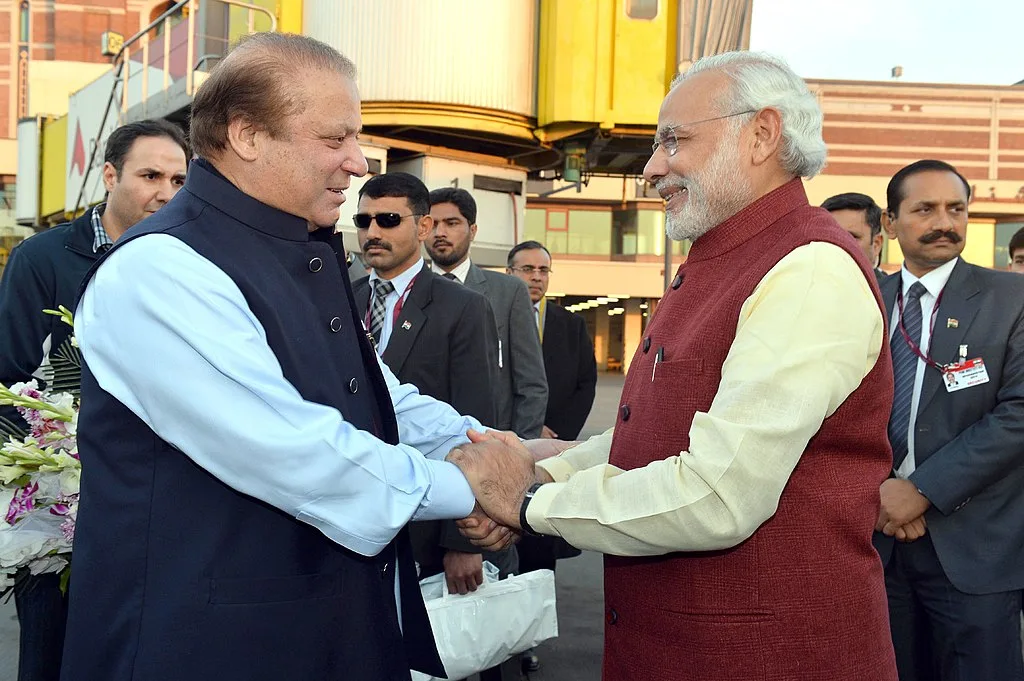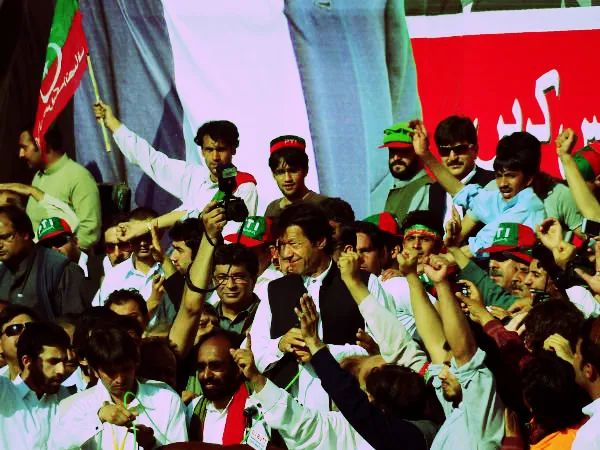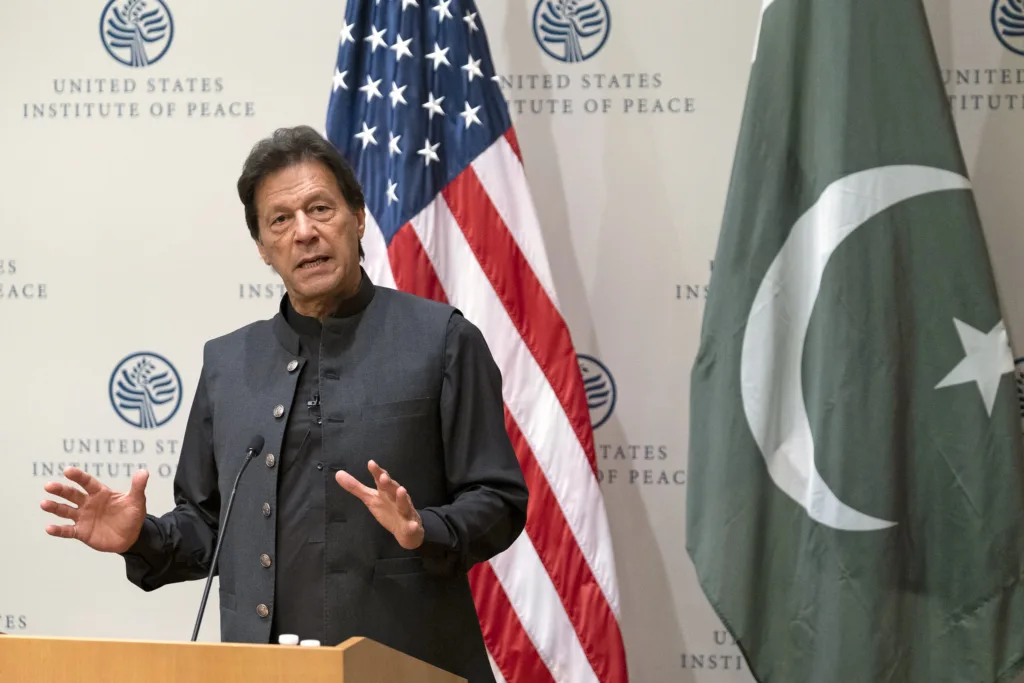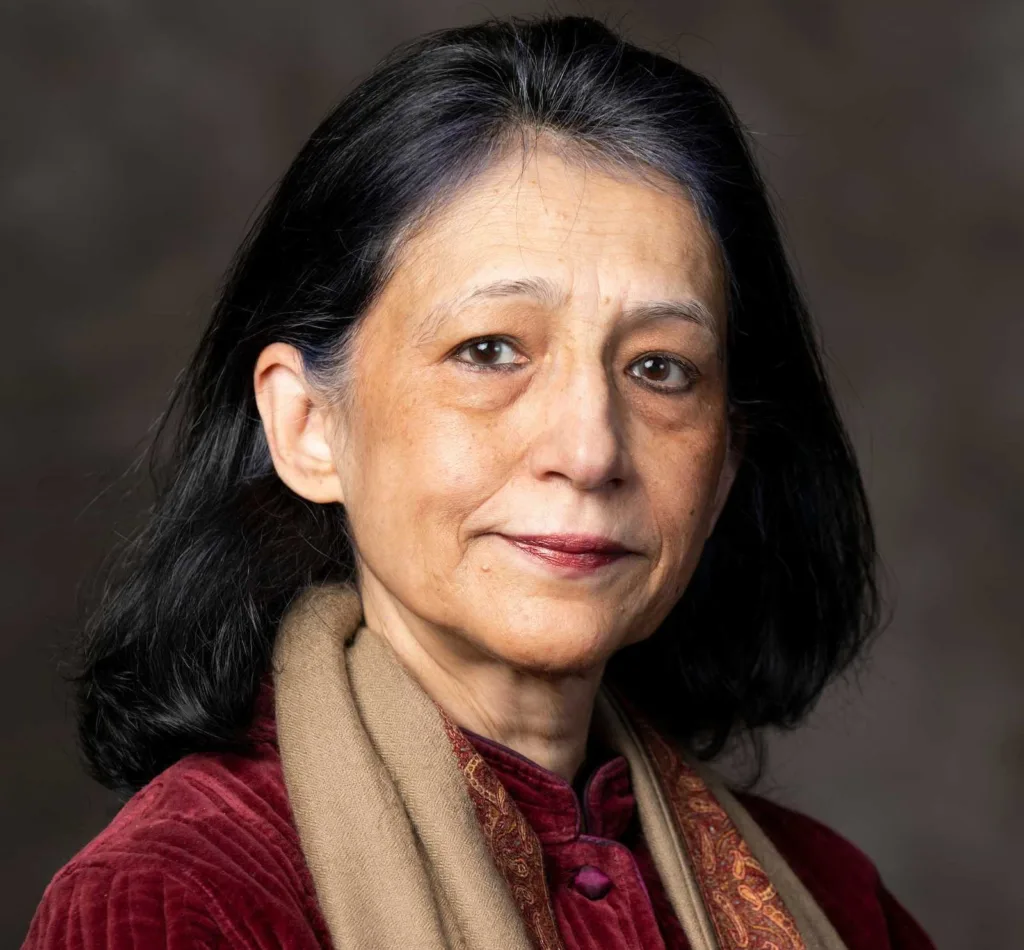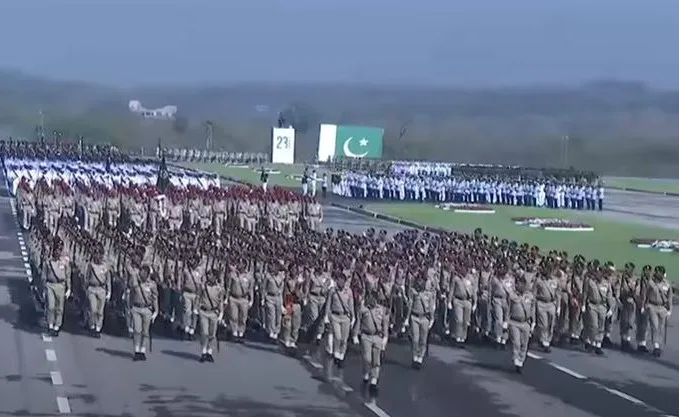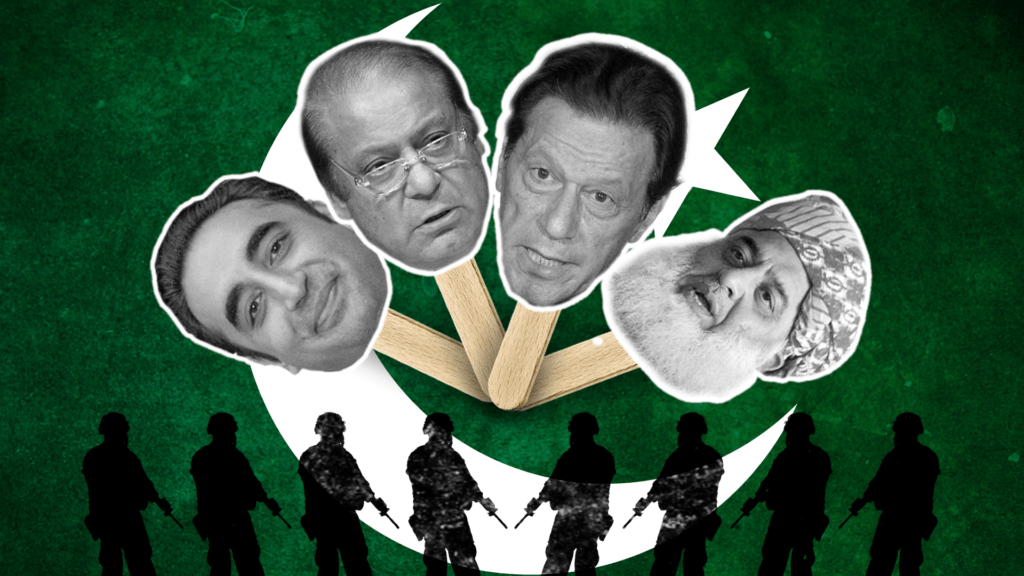While more and more of the country’s voters now live in urban areas, the bulk is still in the countryside. Does this effect voting behaviour?
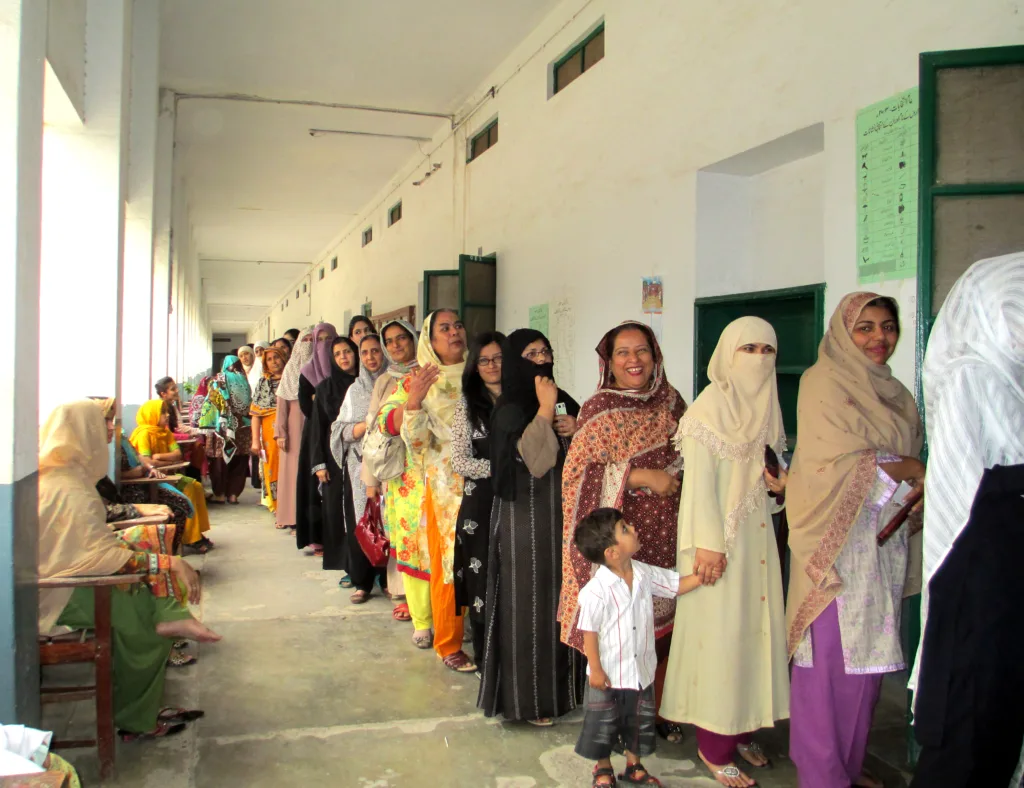 Pakistan has one of the largest gender gaps in voting in the world with men outnumbering women by many millions. : Image by Rachel Clayton/Department for International Development is available at http://tinyurl.com/bdhc5bfu CC BY 2.0 DEED
Pakistan has one of the largest gender gaps in voting in the world with men outnumbering women by many millions. : Image by Rachel Clayton/Department for International Development is available at http://tinyurl.com/bdhc5bfu CC BY 2.0 DEED
While more and more of the country’s voters now live in urban areas, the bulk is still in the countryside. Does this effect voting behaviour?
All the talk as Pakistan heads to the polls on February 8 is about the two main political parties, their beleaguered leaders and the military’s role in choosing who will govern the country.
What’s not talked about so much is how Pakistan’s 128 million voters participate in elections.
PTI leader Imran Khan, deposed as prime minister in 2022 and hit with two jail sentences last week, cannot run as a candidate. Nawaz Sharif, leader of the PML-N, is favourite to become the new PM. Ironically, in 2018 when Imran’s PTI won government, it was Sharif who was in exile.
Pakistan has lurched from one crisis to another: devastating floods, an intense economic crisis, near bankruptcy, a cost of living crisis, and an impossible debt crisis marked by rounds of negotiations with, and bailouts by, the IMF.
The past 20 months have also seen Pakistan’s army become more visible in politics. Even those who insisted it did not play a role in the 2018 election which delivered Imran to power now argue it will determine the results in coming days.
But if an election is heavily manipulated, what does it mean for the voting behaviour of the millions that will line up at voting booths on election day?
Pakistan’s electoral turnout is not high, but a range of between 44-54 percent over the last three elections means that we can expect over 60 million people to turn out on February 8.
The general story on voting behaviour in Pakistan is that it is determined by relations of patronage and clientelism; by ethnic and kinship politics; or by dependence on powerful landlords. While this is not untrue, it is marked by so much variation across location, class, and gender that this characterisation is essentially unhelpful in understanding the country’s voting behaviour.
A majority of Pakistan’s voters are rural. This is the group that is usually characterised as dependent on the economic and social power of landlords. These landlords use their power and their ready vote bank to become dynastic politicians in Pakistan’s political parties.
Parties thus function as networks of such ‘electable’ politicians that can carry their vote base from party to party, leading to a phenomenon of frequent party switches.
Yet, if we dig deep, as this book Crafty Oligarchs, Savvy Voters did, we find that this defines a very small minority of voters. A reduction in land sizes and other economic and social changes over the decades means that this is now a dated story.
What we find instead is a fair amount of agency that rural voters exercise, but given the weakness of Pakistan’s political parties, this agency is exercised through collectives organised around kinship, or biraderis.
Again, while some voters are drawn into these groups on the basis of social linkages, for many voters these groups represent a space in which to increase their numbers to better negotiate with landlords and politicians for scarce services and other benefits.
In many cases these are relationships of pure clientelism – my vote in return for street paving or teacher attendance at the village school – but for a large majority, these represent more strategic forms of organising politically in the most readily available spaces.
Why these are the only spaces available has to do with the weakening of student, labour, and trade unions and political parties in the military-dominated politics of Pakistan.
The main source of variation in rural politics comes from economic and social equality – more unequal villages and members of lower biraderi groups (which function much like castes) have more dependent and clientelistic politics, while those of higher castes and in more equal villages can use their vote for more strategic bargaining at election time.
A very rapid pace of urbanisation means that more and more of Pakistan’s voters now live in urban areas where the logic of politics is not based on landlord power or the ability to strategise within biraderis.
A study in Lahore, Pakistan’s second-largest city with a population of over 11 million, shows that voting behaviour here revolves instead around partisan preferences or support for political parties and their leaders.
Voters in cities are driven by the ideological, populist, or charisma-led appeal of political parties, rather than by personalistic promises or co-ethnicity. This is not different from how politics functions in many cities around the world, including those in more developed countries. The variation here comes from the usual differences of class, age, and gender.
This brings us to a particularly important group of voters – women. Pakistan has one of the largest gender gaps in voting in the world – about 11 million fewer women than men voted in the last election.
Part of this is explained by difficulties in registering women as voters, but the gap above represents those who are already registered, and this gap is larger in urban than in rural areas. There is one major reason for the gender gap – the fact that women remain invisible to political parties and policy processes in Pakistan.
Even though women hold 20 percent of seats in the national parliament, parties do not see women as a distinct political constituency with needs, preferences, and demands that are different from those expressed by men.
Why then do women in rural areas vote more than in urban areas? A simple explanation is the collective form of voting discussed above, which works to draw out all members of a kinship group to help inflate numbers and signal strength to patrons and politicians. Where voters are individualised, such as in cities, women disappear off the political agenda.
Most of the analysis above hinges on the weakness of political parties. These must be strengthened to allow other forms of mobilisation and organisation for rural voters; to respond to party programmes for urban supporters; and to recognise and mobilise women as a distinct and valuable constituency.
Research has shown that attempts to mobilise both women and men in urban households can close the gender gap very quickly.
The strengthening of political party organisation is difficult in contexts where non-political forces are involved in electoral politics. But the good news is that the increasingly strategic voting behaviour of most rural and urban voters makes it harder to manoeuvre elections, at least on election day.
Shandana Khan Mohmand is a Senior Research Fellow at the Institute of Development Studies (IDS) at the University of Sussex, UK, and the lead of its Governance Research cluster and Pakistan Hub.
Originally published under Creative Commons by 360info™.


